
Some of the first bulbs to bloom in spring, fritillaries really make a statement. Their huge, hanging, bell-shaped blooms grow in sunny or partial shade. Unlike most bulbs, fritillaries also do well in heavy, sandy, or loamy soils as long as they have adequate moisture. While these flowers are gorgeous, they are said to have a mildly unpleasant scent, so you might not want them planted near door or window. Here is how to grow them yourself.
1. Getting Ready to Plant
Plant fritillaries in the fall when the growth of your grass has slowed. They’ll thrive better, and you’ll be able to see your flowers more clearly when they bloom. Instead of regimented spacing, it’s better to scatter the bulbs by gently throwing them out with your hand, and plant them where they land. You can amend your soil with 2 to 3 inches of organic matter, such as peat moss, bark, or compost to improve drainage. Decomposed manure will also give better results.
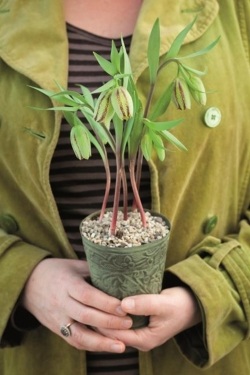
2. Putting Them in the Ground
Plant large fritillaries deep, at least 6 to 8 inches down. It might be easier to use a long-handled bulb planter. Plant one bulb per hole, placing the core of each hole (created by the bulb planter) into the hole over the previous bulb.
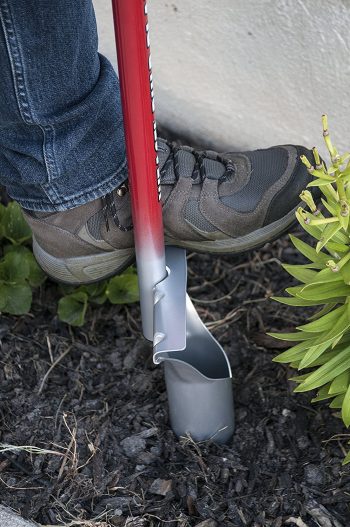
3. Self-Sowing
If you want your fritillaries to sow themselves, leave the spent flowers out until they seed. Next spring, you’ll find even more of this stunning statement flower in your garden.
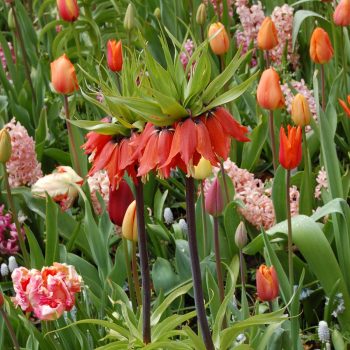
3. Careful With Fertilizer
If planting in or around grass, avoid using nitrogen-based fertilizers. The nitrogen tends to feed the competing grasses more than it feeds bulbs, causing your fritillaries to struggle.
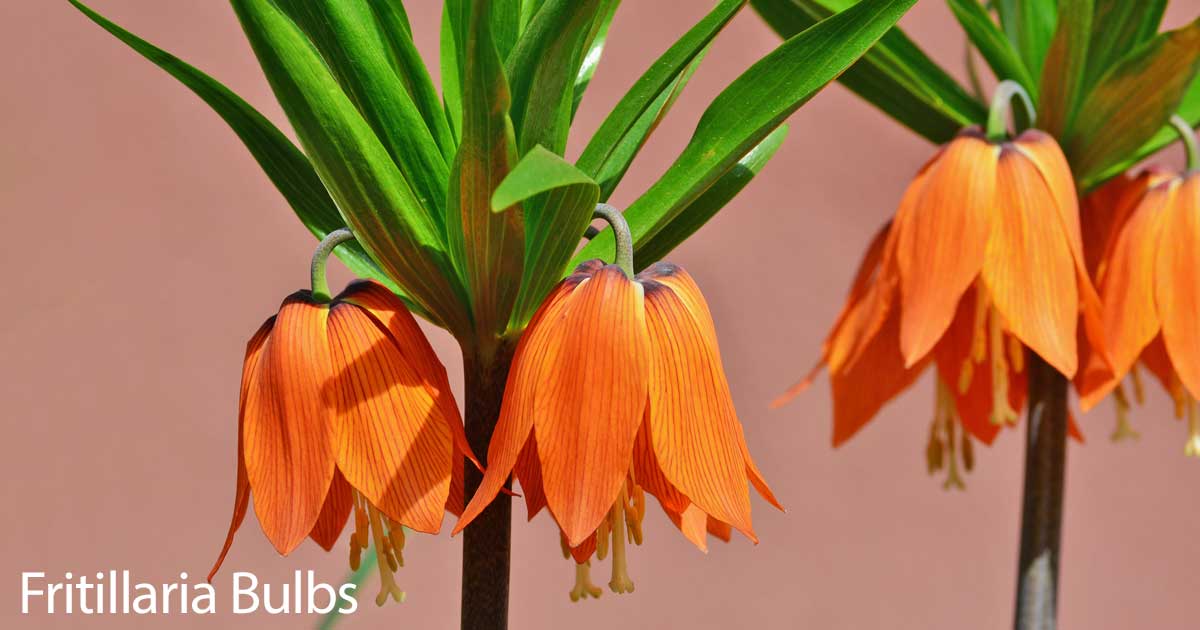
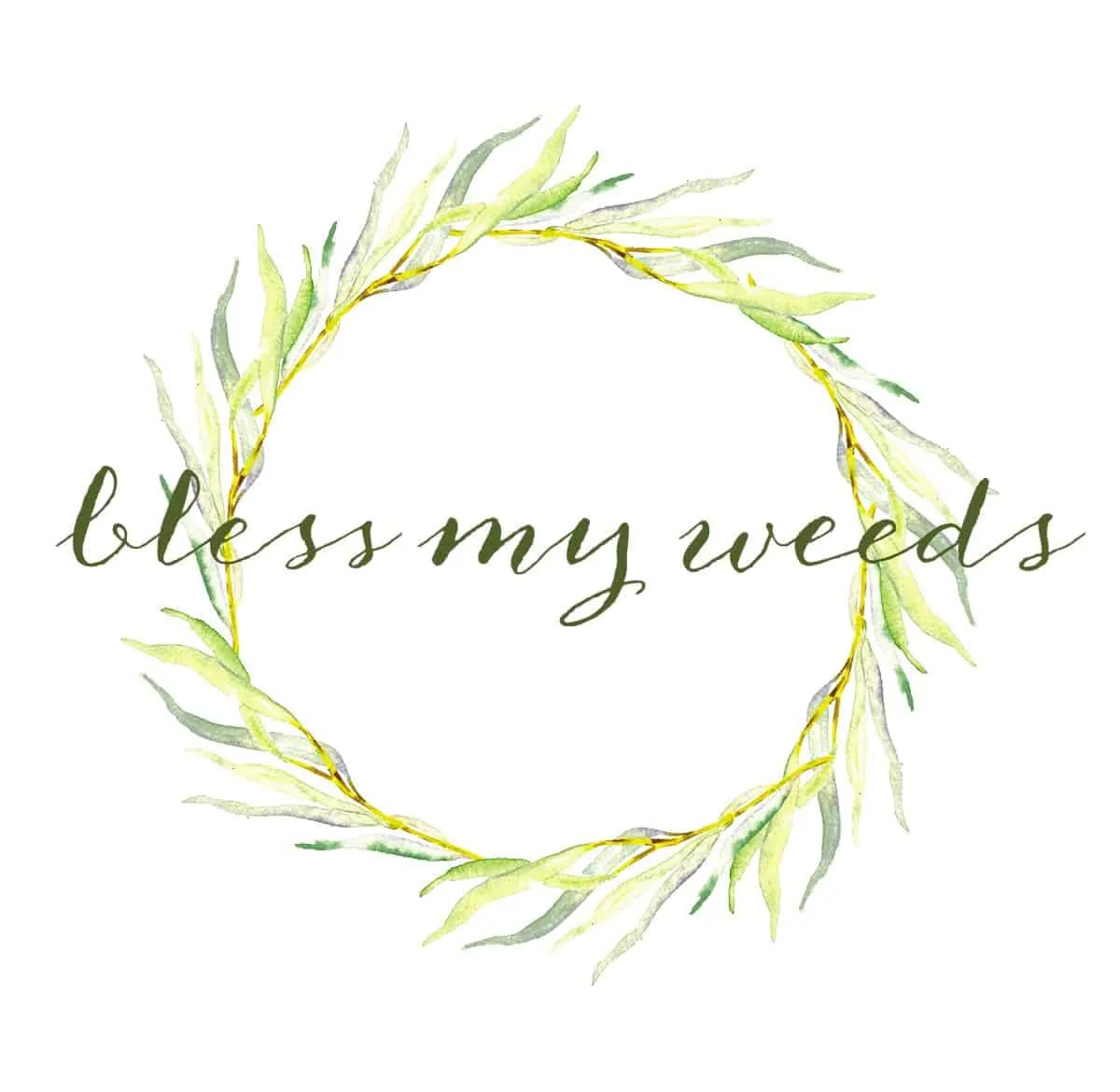
Leave a Reply